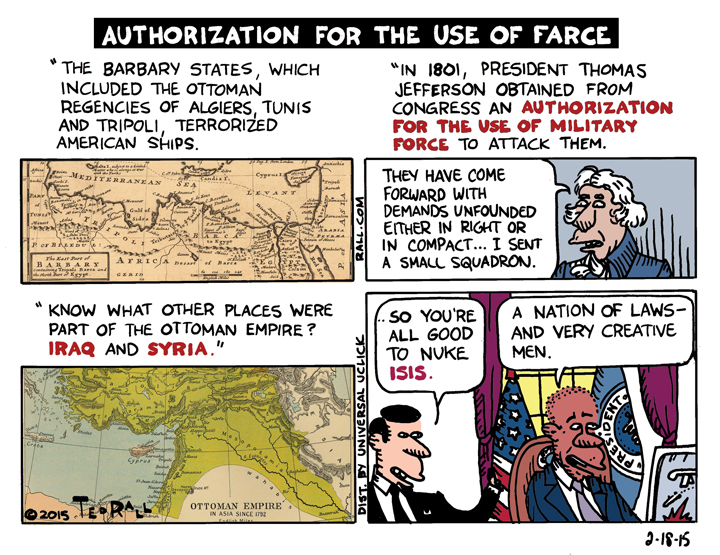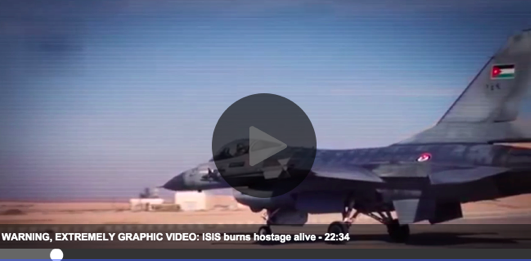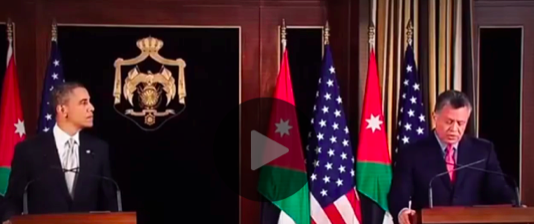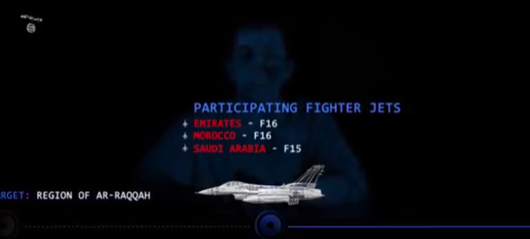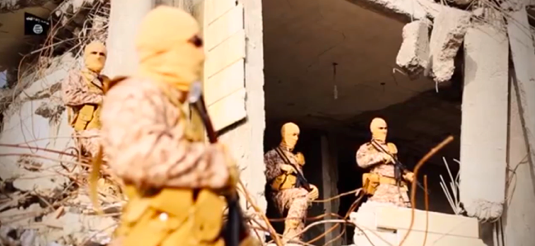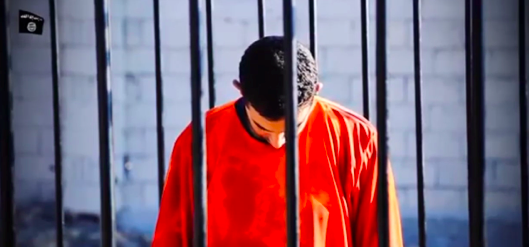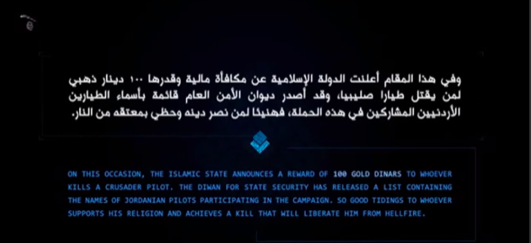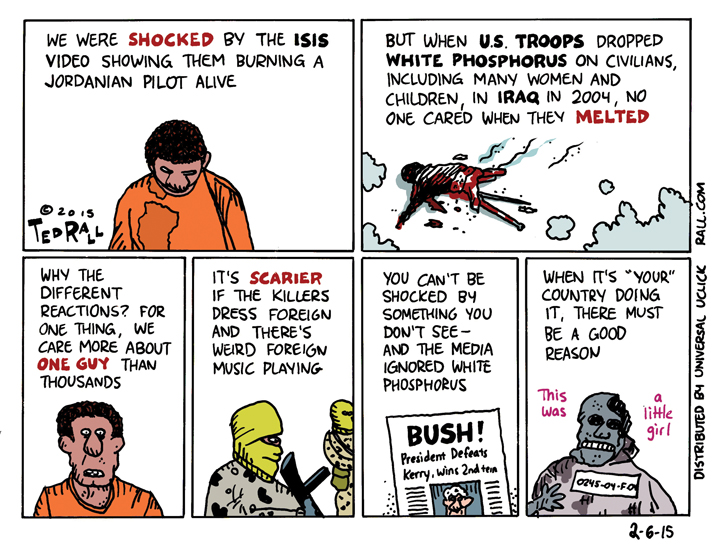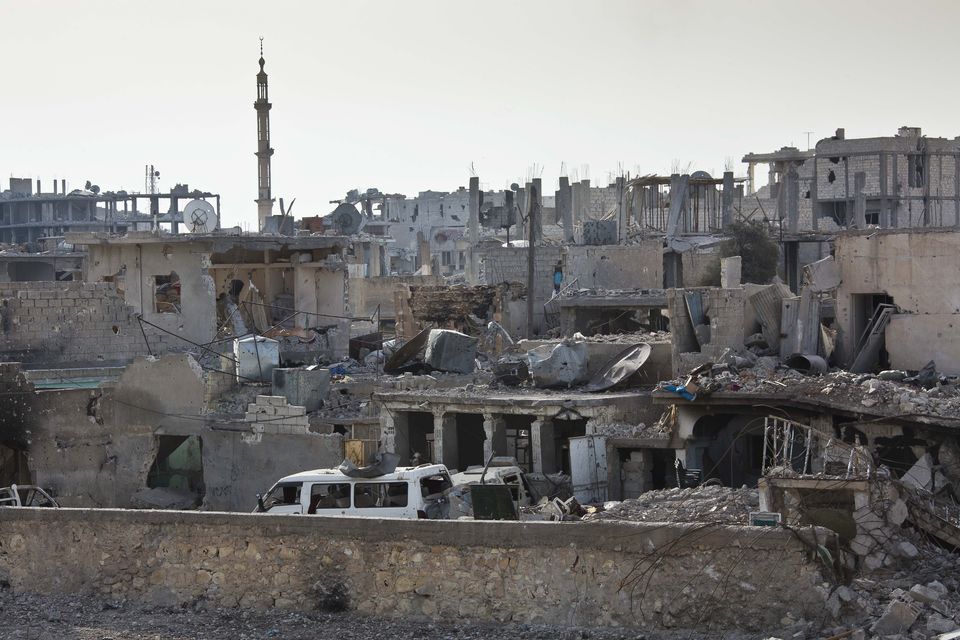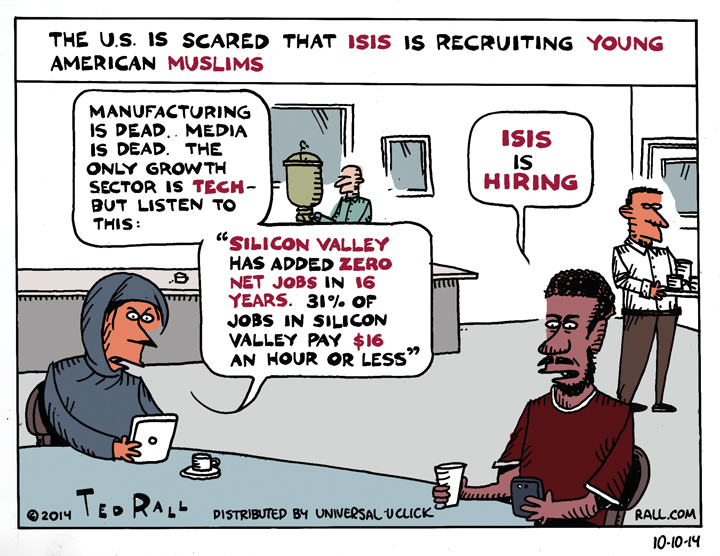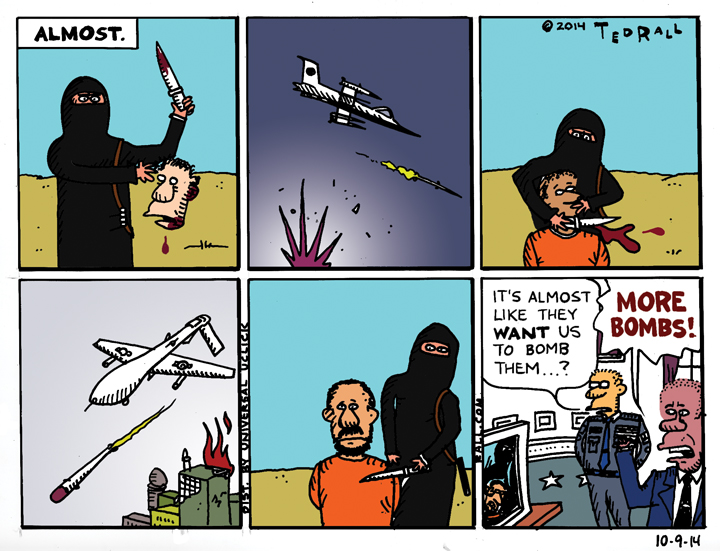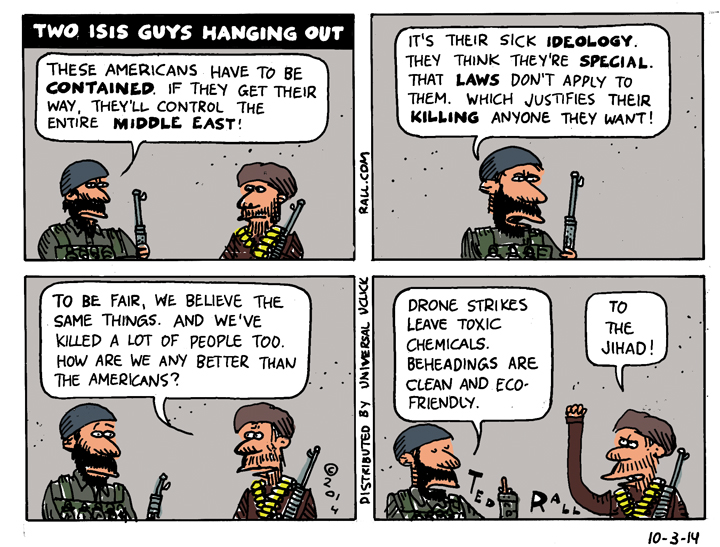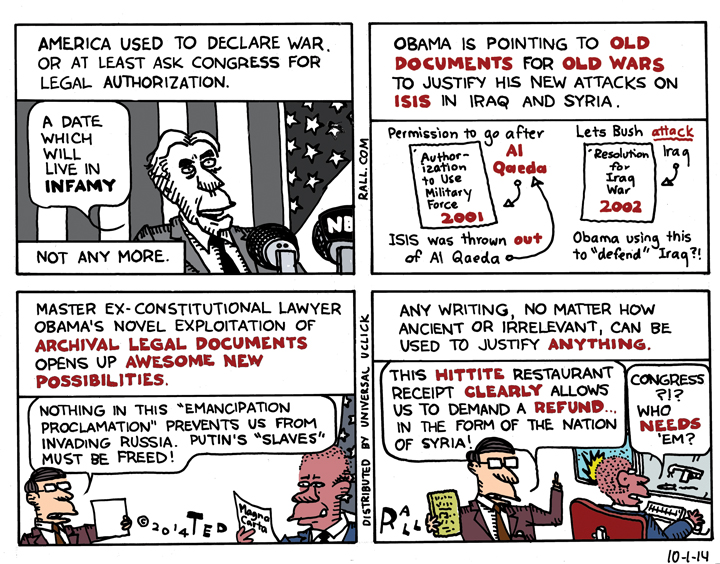Originally published by ANewDomain:
As a frequent traveler to and author of several books about the former Soviet republics of Central Asia, I was surprised by the news that the FBI arrested a citizen of Kazakhstan along with two men from Uzbekistan for attempting to travel to Syria to join the Islamic State of Iraq and Syria.
Although Kazakhstan has a majority Muslim population, it is a highly secular culture where radical Islamism has had less success attracting adherents than in neighboring countries. Walk the streets of major cities like the capital of Astana and the intellectual center Almaty and you will see casinos, bars, men smoking and drinking beer and vodka, and countless women in miniskirts and tightfitting blouses.
These troubling arrests – they practically fit the dictionary definition of entrapment, the federal government’s definition of “material assistance to a terrorist organization” is overly broad, and anyway, why should it be illegal to go and fight for a foreign army that isn’t legally at war with the United States? – are still a developing story, so what follows necessarily relies upon speculation.
Akhror Saidakhmetov, 19, is the youngest of the three. The feds intercepted him at John F. Kennedy International Airport in New York City early Wednesday morning, while trying to board a flight to Istanbul. Turkey is a typical transit route for would-be ISIS recruits trying to get into Syria.
My off-the-cuff assumption was that his radicalization must have been influenced by his fellow suspects, both of whom are from Uzbekistan, particularly his roommate and former fellow restaurant worker, 24-year-old Abdurasul Juraboev. But that may not be the case.
Saidakhmetov is from the southern Kazakh city of Turkistan. He left for the United States at age 16 and has not been back.
According to the Kazakhstani Foreign Ministry, however, he is listed as an ethnic Uzbek.
The third man, Abror Habibov, 30, was arrested in Jacksonville, Florida.

If the Uzbek connection turns out to be a central thread in the three men’s desire to join the Islamic State, a Taliban-style attempt to reboot the caliphate eliminated at the end of World War I and establish a medieval interpretation of sharia law in the Middle East, it would not be surprising to those of us who pay attention to Central Asia. When I heard that the three were all ethnic Uzbeks, I immediately thought:
Fergana Valley.
Islamic Movement of Uzbekistan.
Islam Karimov.
The Fergana Valley is a mountainous geographical knot connecting Uzbekistan, Kyrgyzstan and Tajikistan. Long a hotbed of Islamic extremism, particularly among ethnic Uzbeks, Fergana is the center of power of the Islamic Movement of Uzbekistan. The IMU, whose members attended Afghan training camps during the Taliban era in the late 1990s, is dedicated to the overthrow of Islam Karimov, the authoritarian dictator of Uzbekistan.
Given their ages, it’s unlikely that any of the three men, including Habibov, were members of the IMU. In the age of radical jihad, however, self-radicalization is inspired by the ideology in the air around you. If you’re fundamentalist and Muslim and radical in Uzbekistan, or still have ties to that country, the IMU comes with the territory the same way that growing up Irish and Catholic in the 1970s, and resenting the British occupation forces, necessarily leads one to embrace, if not join, the IRA.
All of the Central Asian republics are seriously screwed up, and all of them are run by authoritarian despots, but none are nearly as heinous or universally despised by their citizenry as Karimov.
Karimov, a Communist Party boss who kept his job after the fall of the USSR, runs one of the most violent and corrupt dictatorships in the world. Among other atrocities, he has personally supervised the massacre of hundreds of peaceful demonstrators and ordered political dissidents to be either boiled or frozen to death. Central Asia watchers have long expected Karimov-related blowback.
When I traveled in Uzbekistan, everyone I met – secular or religious, regardless of ethnicity, wherever they stood on the spectrum of political ideology, young and old, male and female, rich or poor – despised Karimov, and wished for his speedy painful death. Unfortunately for the people of Uzbekistan, that’s not going to happen anytime soon. That’s because he is one of America’s best friends in the so-called global war on terror.
It is not difficult to imagine three young Uzbek men, struggling to make their way in New York City, feeling resentment against the West and in particular against the United States, which has long propped up a regime which has looted spectacular amounts of wealth from and abused their countrymen. Was this a case of chickens coming home to roost, or simply three guys who were led astray?
Sooner rather than later, I suspect that we will find out. Whatever the case, US foreign policy has contributed to radicalization in a Central Asia that, after 1991, could have easily gone the other way had we simply let their domestic political situations sort themselves out, rather than insist upon supporting a group of ruthless tyrants who were wildly unpopular among their own people, simply to cut deals for cheap oil or natural gas or to lease airfields for American military operations.
“Although Central Asian governments have attempted to crack down on extremism within their borders, analysts suspect that ISIS has effectively targeted Central Asian nationals for recruitment,” reports the Christian Science Monitor. That’s what happens when you alienate people by giving them nothing to lose: the beneficiaries are inevitably the most extreme groups, like the Islamic State. “A report published last month by the Brussels-based International Crisis Group claimed that up to 4,000 recruits from Central Asia had joined ISIS in Syria and Iraq. Many of these recruits are from the Fergana Valley, an ethnically diverse region that includes eastern Uzbekistan. The Kazakh National Security Committee estimates that about 300 from that country, about half of them women, are fighting in Syria for ISIS.”
Heckuva job.

